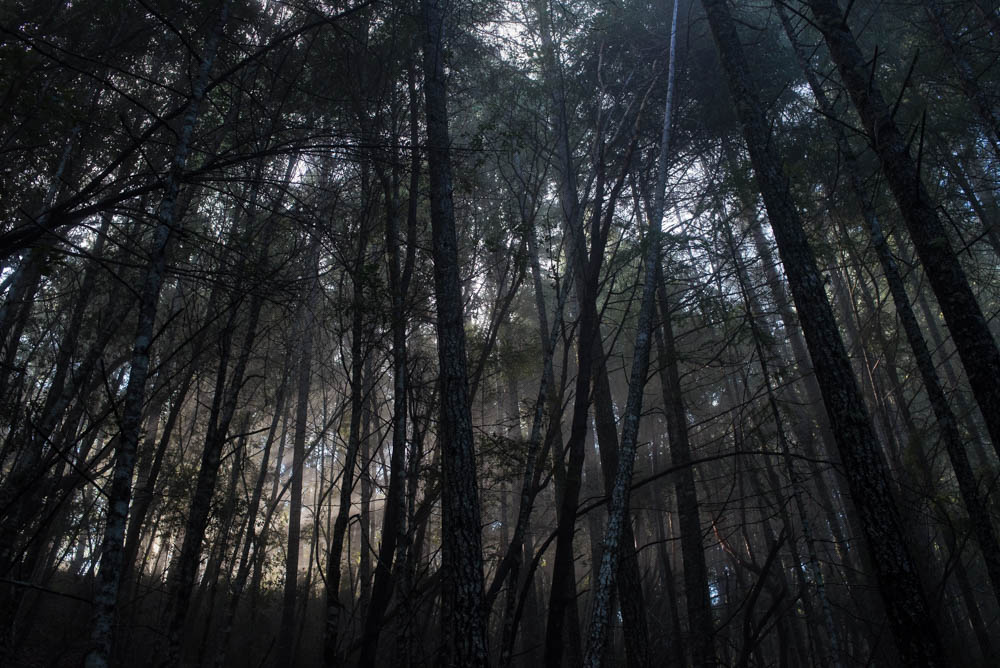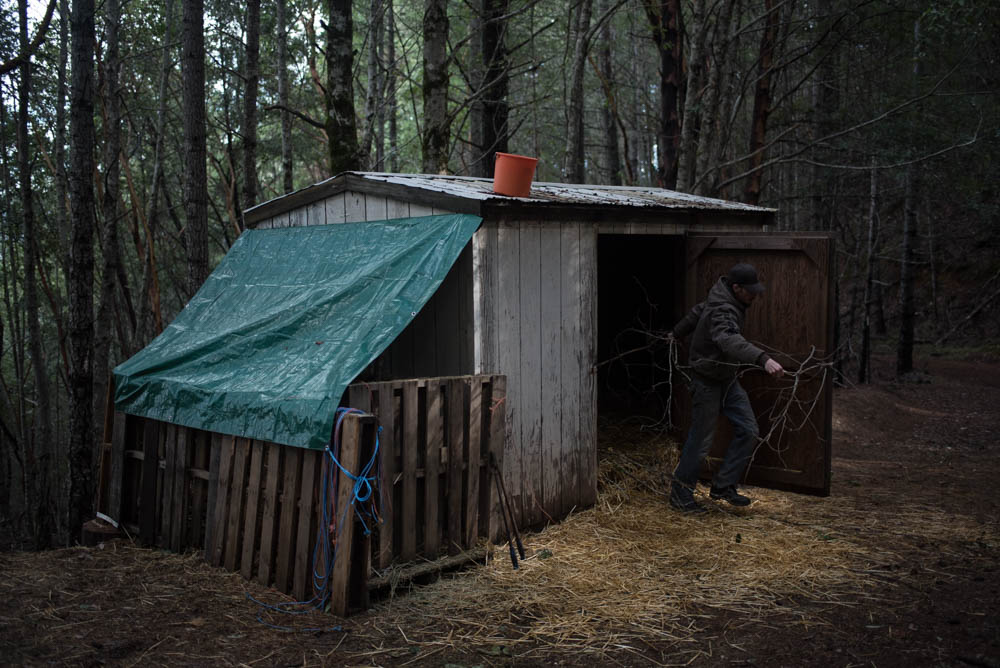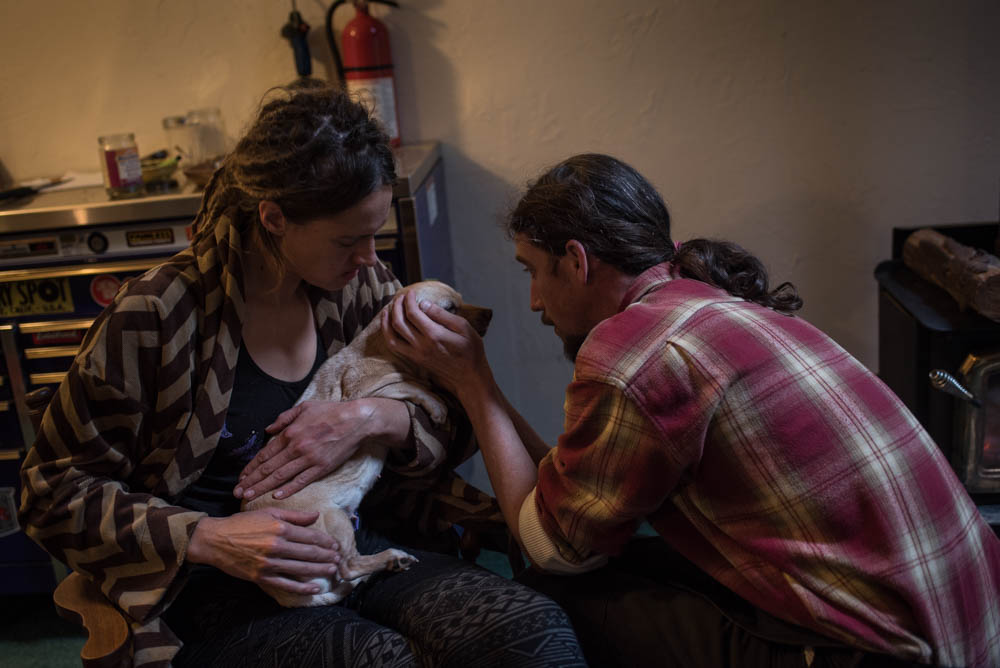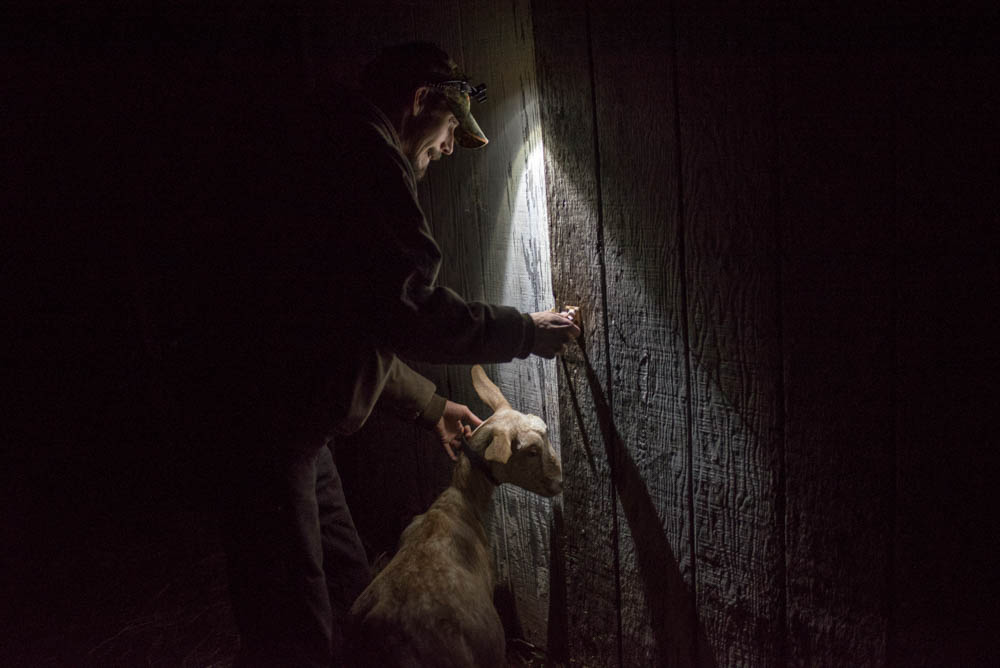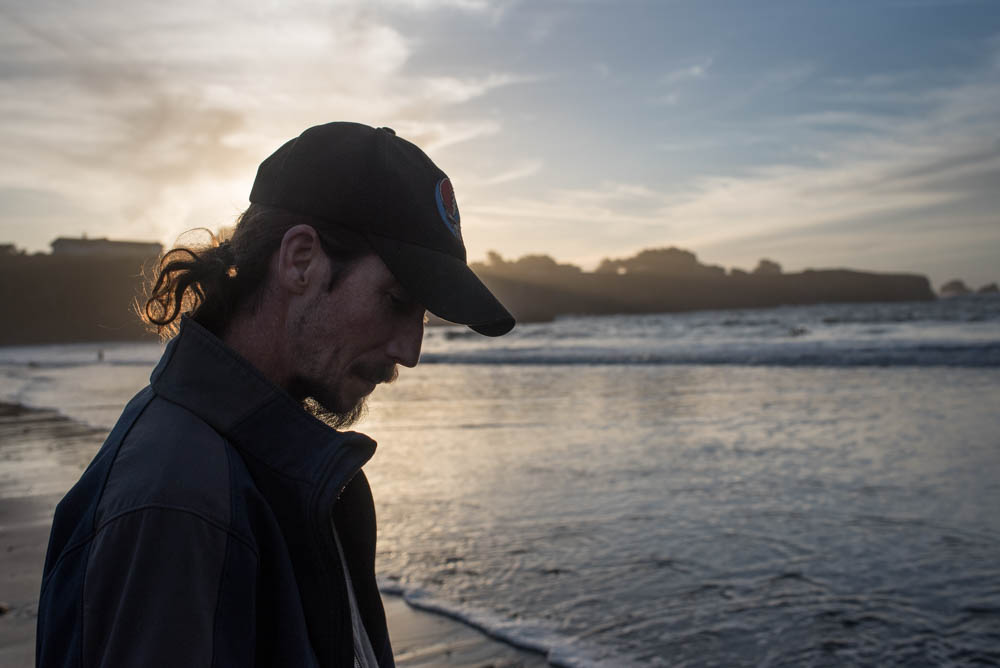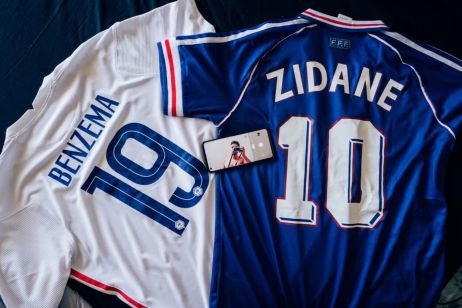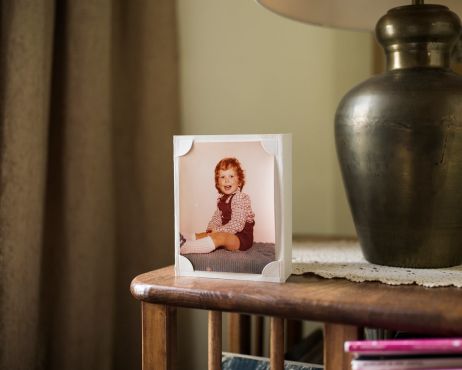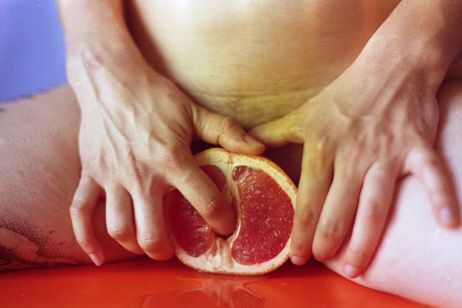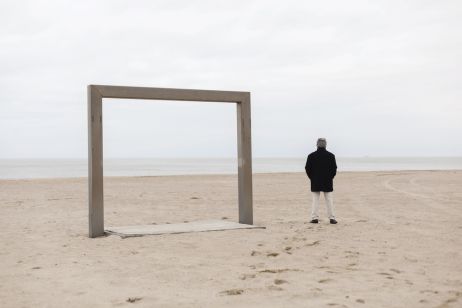French-American photographer Ian Dalipagic is interested in humanitarian subjects. During one of his trips to the United States, he meets John Lennon Morgan, an ex-Marine, suffering from PTSD. Ian follows him as he tries to recover with his family, away from the city. An enlightening testimony on the sufferings those ‘heroes’ of the Nation have to go through.
Fisheye: How did you become a photographer?
Ian Dalipagic: I had wanted to become a photographer for some time, without really knowing where I was going. Things changed when I worked in a humanitarian organisation in Nepal. There, a photographer came to document our work. He arrogantly stated that one single picture would have more impact than our project. I think that he was the one who pushed me – in spite of that – in this direction. When I came home, I started a year-long training with Julien Daniel and Guillaume Herbaut.
What is your photographic approach?
It is mostly humanitarian. I use my camera as a way to tackle subjects, to approach people. It helps me study things in depth, to take the time to truly understand the topic I am working on. My pictures must tell stories.
Why this interest for the United States?
I have been going there since I was a kid. I like this country for its diversity, its inhabitants, its positivism, its madness… And I reject its inequalities, its politics, its consumerism. I feel like I know it, yet, there are still some things I cannot grasp.
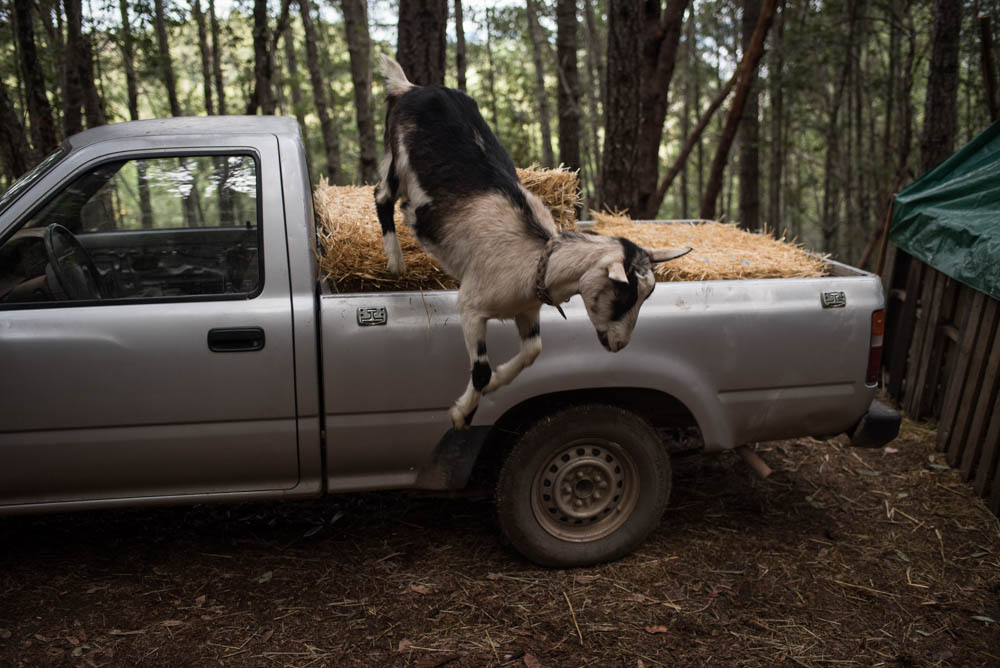
Can you tell us the story of John Lennon Morgan?
He is a young man of 21, who went to Irak in 2003, and again in 2004. There, he went through traumatic episodes which affected him deeply. When he got home, the return to a ‘normal life’ was too difficult. For fifteen years, his life has been marked by PTSD (Post Traumatic Stress Disorder) : depression, nightmares, inability to keep a job etc. After trying alcohol, drugs, antidepressants and tranquilizers to try to get better, and failing, he moved with his wife deep into a forest, close to nature and animals. They have proven beneficial effects on people suffering from PTSD.
Many American soldiers are touched by those symptoms.
War veterans are everywhere in the United States. An estimated 7% of the population is believed to be veterans, that is 22 million people. They are celebrated in public, in films, but no one ever talks about what is going on behind the scenes. These men do not see themselves as heroes. On the contrary, around 22 veterans kill themselves every day. If the war is revolting, another equally terrifying struggle starts, once back on American soil.
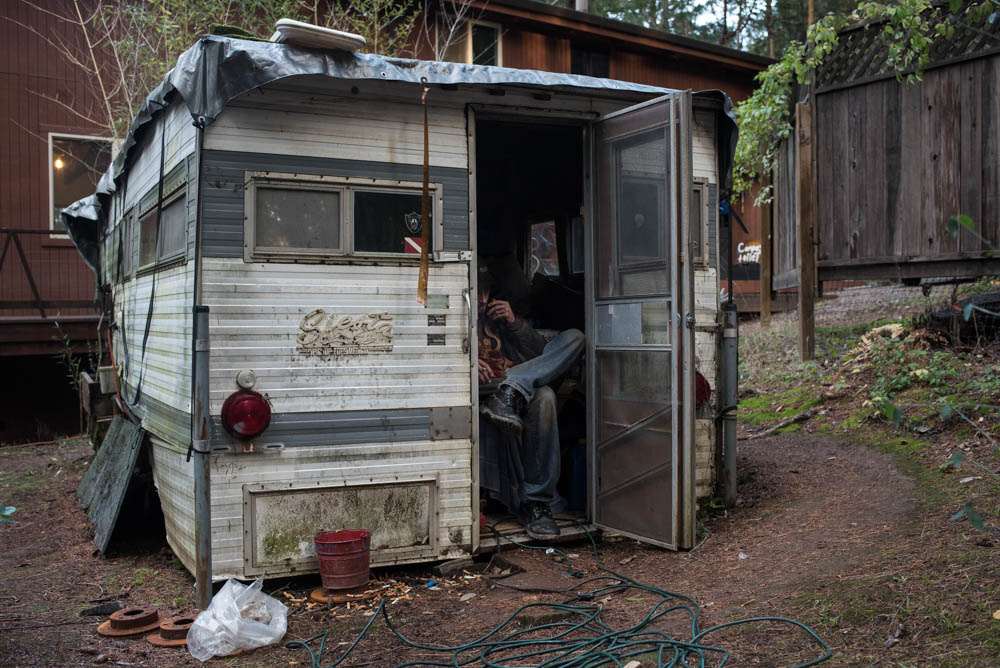
PTSD causes a sense of isolation. Did it influence your series?
Yes, I wanted to show that he is waging a war against himself. It is an intimate battle. A picture of him, in his camping-car, shows this need to isolate himself from the rest of the world.
How did you photograph this intimacy?
It worked out quite naturally. We both had to get to know each other, to learn to trust one another. I wanted him to understand my intentions. Through this project, I wanted to cry out, to raise questions, to touch people facing the same problems John did. The series highlights a return to a healthier life, away from the savagery of the city. Here, I offer an alternate lifestyle to those people suffering.
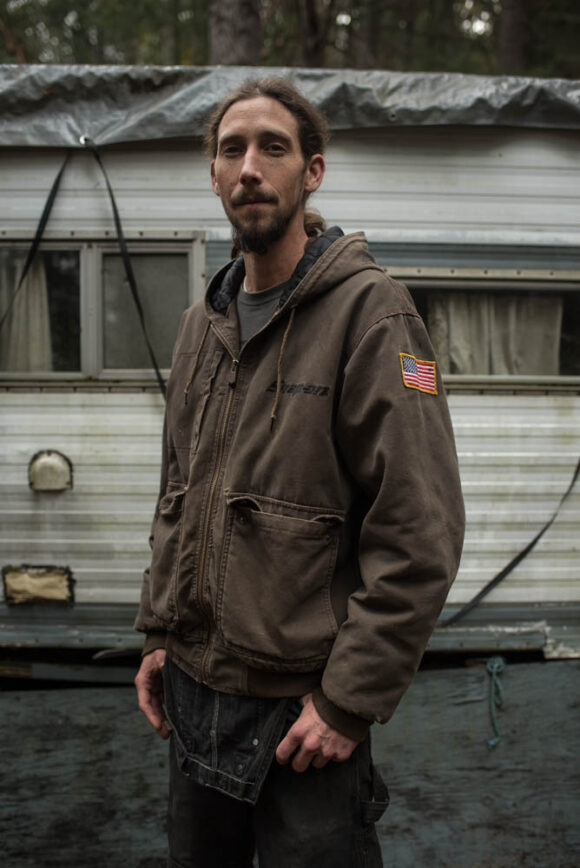
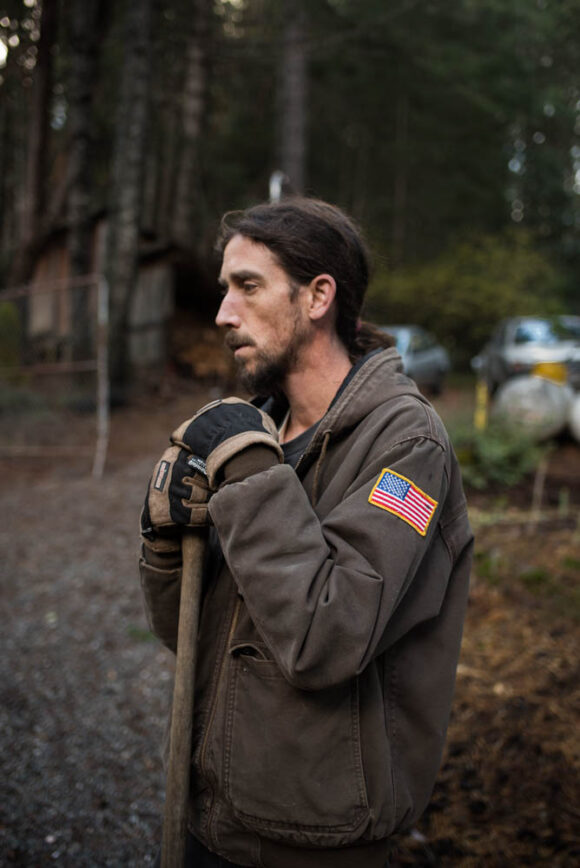
© Ian Dalipagic

